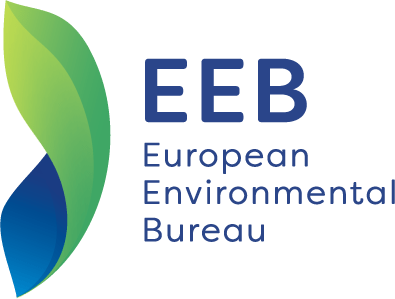New figures uncover the hidden truth behind ‘green’ rural development funding
Analysis (1) carried out by the European Environmental Bureau (EEB) and BirdLife Europe has revealed a one billion euro (2) fall in the actual amount of funding for Rural Development (3) measures meant to benefit the environment on farmland. This comes despite a pledge from the EU that the whole Common Agricultural Policy (CAP) is greener than ever.
As well as showing a reduction compared with the previous funding period, the findings also highlight that the environmental quality of some measures is very poor and in several of the analysed cases is not properly targeted.
Rural Development Policy is widely seen as the most positive side of the CAP as it has the best potential to deliver environmental benefits on farmland by offering Member States the possibility to target their programmes to specific environmental needs. However, the analysis shows that this potential has been mostly disregarded.
This is particularly concerning given the dire state of Europe’s environment: once-common farmland birds have decreased by 53% since 1980 (4); and the European Environment Agency reports that over 80% of grasslands are in an unfavourable condition.
Trees Robijns, BirdLife Senior EU Agriculture and Bioenergy Policy Officer, comments:
“The Rural Development Programmes represent the biggest opportunity for delivering environmental benefits on farmland. However, the hidden truth is that out of the 19 countries and regions analysed, 14 have decreased their spending on environmental measures. In addition, the quality of the measures was overstated in 79% of the cases we looked at. This presents a very worrying picture.”
She added:
“If Member States want to be serious about their Biodiversity commitments in farmland, they need to urgently put more money into the measures that actually deliver, whilst changing those that are currently just money for nothing.”
Faustine Bas-Defossez, EEB Senior Policy Officer for Agriculture and Bioenergy, comments:
“We already knew that the greening of farmers direct payments (4) was falling short on delivering results for the environment but what our analysis on Rural Development tells us today is that there is a risk of going even further in the wrong direction when it comes to environmental delivery of the policy as a whole.
She added:
“The CAP greening process was meant to ensure citizens get better value for their money and the new EU Rural Development programmes could have been so much more ambitious. Unfortunately the opposite has happened and the truth behind the official numbers shows that the reality is not always as rosy as the European Commission would like to make out. Quite simply not enough money has been allocated for targeted schemes which will directly help stave off more biodiversity loss.”
ENDS
[1] – Full analysis factsheets will be available by 8th February via the following link: http://www.tiny.cc/eebRDP
[2] – The difference between the programmed budget for agri-environmental schemes 2007-2013 and the programmed agri-environmental schemes and organic schemes 2014-2020.
[3] – The Rural Development Fund is Pillar 2 of the Common Agricultural Policy (CAP) and one of the main instruments for implementing environmental improvements under the CAP.
[4] – Data from the Pan-European Common Bird Monitoring scheme: http://www.ebcc.info/pecbm.html(RSPB/EBCC/BirdLife/Statistics Netherlands)
For more information:
Emily Macintosh, Communications Officer - Nature and Agriculture

